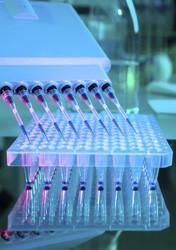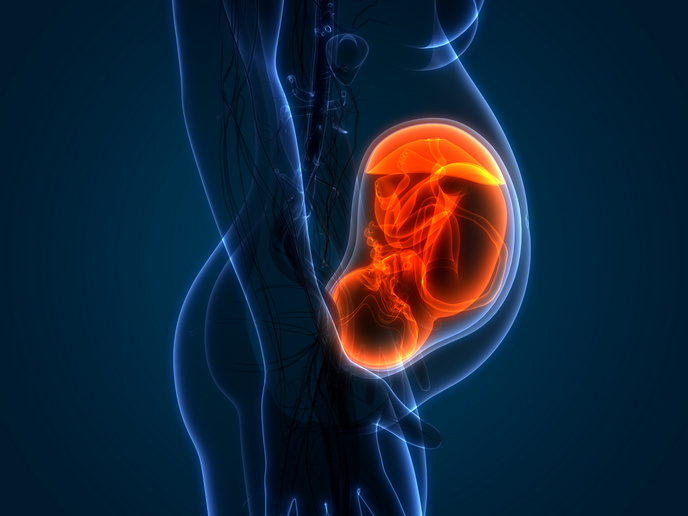Gene sequencing for pathogen detection
NGS has fundamentally altered genomic research through ultra-fast and accurate molecular typing. It offers whole genome information in a fraction of the time of standard methods. New developments in the field also promise to bring down the cost of NGS methods and ensure their widespread utilisation for diagnostics. The key objective of the EU-funded 'Next generation genome based high resolution tracing of pathogens' (PATHONGEN-TRACE)(opens in new window) project is to apply the NGS technology for the high-resolution typing of microbial pathogens. Consortium partners have selected pathogens that pose a significant global medical threat, namely Mycobacterium tuberculosis, methicillin-resistant Staphylococcus aureus (MRSA), and human-pathogenic Campylobacter species. The proposed technology will overcome problems associated with conventional typing and diagnosis, and convert pathogen genotyping into standard diagnosis. Additionally, the study hopes to validate NGS for epidemiological tracing of these pathogens. Apart from sample preparation, project members worked on selecting an appropriate sequencing platform and developing a completely integrated bioinformatics tool for data extraction. This tool also includes an interpretation add-on that would be useful in the future for general diagnostics. NGS is currently being used for whole genome analysis of over 86 different M. tuberculosis strains involved in disease outbreaks over the past 10 years. Similarly, a retrospective MRSA outbreak analysis will verify if the generated information holds epidemiological value. With respect to Campylobacter, the data from the 561 isolates investigated to date suggest very high levels of accuracy and effectiveness. Taken together, the PATHONGEN-TRACE deliverables are expected to promote a major technological shift towards NGS for medical research and diagnostics. Especially in medical microbiology, the accuracy and sensitivity of NGS-mediated pathogen typing will bring about a new era in pathogen diagnosis.







